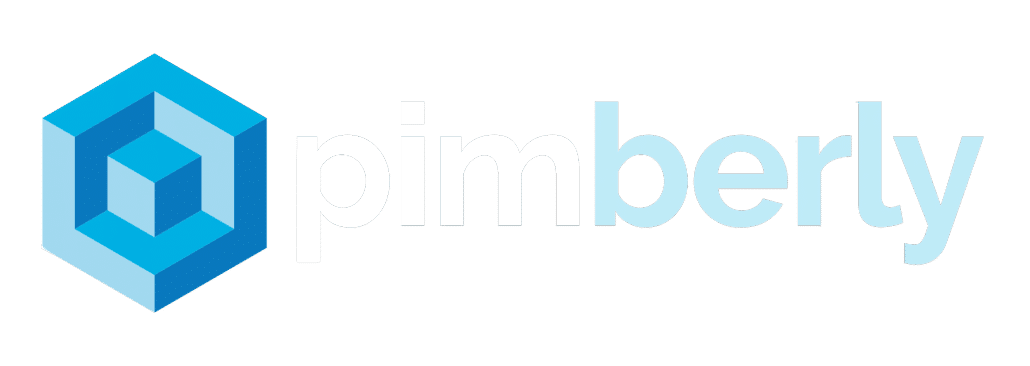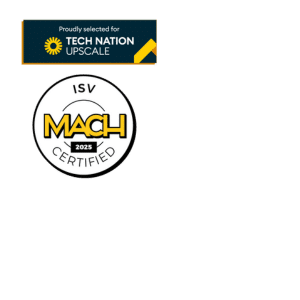What is a Product Benefit?
A product benefit is the positive outcome or advantage a customer receives from using a specific product or service. It focuses on how the product’s features solve a problem, fulfill a need, or improve the customer’s life in some meaningful way.
In-Depth Explanation of Product Benefits
Why It Matters
Understanding product benefits is essential for businesses and consumers alike. For companies, clearly defining and communicating benefits helps differentiate their offerings from competitors and persuades customers to make a purchase. For consumers, recognizing product benefits allows them to make informed decisions and choose products that best meet their needs and desires.
How It Works
Product benefits are derived from a product’s features but are expressed in terms of customer outcomes. Marketers identify the target audience’s needs and pain points, then highlight how their product addresses these issues. This approach shifts the focus from what the product is to what it does for the customer, making the value proposition more compelling and relatable.
Key Benefits
Effective use of product benefits can lead to increased sales, customer satisfaction, and brand loyalty. By emphasizing benefits, businesses can create emotional connections with customers, making their products more memorable and desirable. Additionally, focusing on benefits allows companies to adapt their marketing messages to different customer segments, addressing specific needs and preferences.
Relevant Stats or Facts
According to a study by the Corporate Executive Board, 64% of customers who report having a strong relationship with a brand cite shared values as the primary reason.
Importance of Product Benefits
Product benefits play a crucial role in business success, especially for companies operating in product data management or eCommerce sectors. By clearly articulating the advantages a product offers to customers, businesses can effectively differentiate themselves from competitors and create a compelling reason for consumers to choose their offerings. In the digital marketplace, where consumers are bombarded with numerous options, highlighting product benefits becomes even more essential to capture attention and drive conversions.
For businesses in product data management, understanding and communicating product benefits is fundamental to creating accurate and persuasive product descriptions. This information helps potential customers make informed decisions and reduces the likelihood of returns or dissatisfaction. In eCommerce, where physical interaction with products is not possible, clearly conveying benefits becomes the primary way to showcase value and appeal to customer needs. By focusing on benefits rather than just features, companies can create an emotional connection with their audience and address specific pain points or desires.
Moreover, emphasizing product benefits can significantly impact marketing strategies and overall business growth. When businesses clearly understand and communicate the value their products provide, they can tailor their marketing messages to resonate with target audiences more effectively. This approach not only helps in attracting new customers but also in retaining existing ones by reinforcing the reasons why they chose the product in the first place. Ultimately, a strong focus on product benefits can lead to increased sales, improved customer satisfaction, and long-term brand loyalty, all of which are essential for sustained business success in the competitive landscape of product data management and eCommerce.
Examples of Product Benefits
Fashion/Apparel Retailer
In the fashion industry, product benefits often focus on elements such as comfort, style, and versatility. For instance, a retailer selling a new line of yoga pants may highlight the moisture-wicking fabric, which keeps the wearer dry during workouts. Additionally, they might emphasize the four-way stretch material for freedom of movement, and the stylish design that transitions seamlessly from the gym to daily errands. These benefits are crucial in differentiating the product in a competitive market, appealing to both performance-focused athletes and style-conscious individuals.
HVAC Manufacturer
An HVAC manufacturer’s primary product benefits could revolve around energy efficiency and air quality improvement. Consider a new air conditioning unit that features a high Seasonal Energy Efficiency Ratio (SEER) rating, which translates to lower electricity bills for homeowners. Furthermore, it may incorporate advanced filtration technology that reduces allergens and improves indoor air quality, a significant benefit for families with asthma or allergy sufferers. These benefits not only address practical consumer concerns but also provide competitive advantages in an environmentally conscious market.
Distributor of Auto Parts
For distributors of auto parts, product benefits may focus on durability and compatibility. Suppose a distributor offers a line of brake pads that are crafted from high-quality ceramic materials. They could emphasize the benefits of reduced noise and dust, as well as longer lifespan compared to traditional metallic pads. The compatibility with a wide range of vehicle models further enhances the appeal, providing customers with reliable performance and ease of maintenance, essential factors for both professional mechanics and DIY customers.
Brand Owner of Homewares Products
A brand owner selling homewares across marketplaces like Walmart or Wayfair might focus on benefits such as sustainability and convenience. Imagine a new set of kitchenware made entirely from eco-friendly materials; this offers the dual benefits of reducing environmental impact and assuring safety from harmful chemicals. Additionally, features like being dishwasher-safe or having stackable designs add convenience by saving time and space for the consumer. Highlighting these benefits on eCommerce platforms can significantly enhance the product’s attractiveness to eco-conscious and practical-minded shoppers.
Synonyms
Common synonyms for “Product Benefit” include:
- Product Advantage
- Customer Value
- Product Feature
- User Benefit
Product Benefits and PIM
Product benefits are the positive outcomes or advantages that customers gain from using a particular product or service. These benefits go beyond the physical features of the product and focus on how it solves problems, fulfills needs, or improves the customer’s life. In the context of product information management (PIM) and ecommerce, understanding and effectively communicating product benefits is crucial for attracting customers and driving sales.
PIM solutions play a vital role in managing and optimizing product benefits information. These systems allow businesses to centralize, organize, and maintain accurate and consistent product data across all sales channels. By using a PIM solution, companies can ensure that product benefits are clearly defined, easily accessible, and uniformly presented across various platforms, including websites, mobile apps, and printed catalogs. This consistency helps customers make informed purchasing decisions and improves their overall shopping experience.
For example, consider an outdoor gear retailer selling a high-performance camping tent. A PIM solution would enable the company to store and manage detailed information about the tent’s benefits, such as its lightweight design for easy transportation, waterproof materials for protection against harsh weather, and spacious interior for comfortable sleeping arrangements. This information can then be seamlessly distributed to all relevant sales channels, ensuring that potential customers receive the same compelling message about the product’s benefits, regardless of where they encounter it. By effectively communicating these benefits, the retailer can differentiate their product from competitors and increase the likelihood of making a sale.
Frequently Asked Questions
How do product benefits differ from product features?
Product benefits focus on the positive outcomes or advantages customers experience when using a product, while features are the specific characteristics or attributes of the product itself. Benefits address the “what’s in it for me” question for customers, explaining how the product will improve their lives or solve their problems. Features, on the other hand, describe the technical aspects or capabilities of the product. Understanding this distinction helps businesses create more effective marketing messages that resonate with customers by emphasizing the value and results they can expect from using the product.
Why are product benefits important in eCommerce?
Product benefits play a crucial role in eCommerce by helping to convert browsing customers into paying ones. In an online environment where customers can’t physically interact with products, clearly communicating benefits becomes even more important. Well-described benefits help customers visualize how the product will fit into their lives and solve their problems, making them more likely to make a purchase. Additionally, highlighting unique benefits can set a product apart from competitors in a crowded online marketplace, increasing the likelihood of a sale and potentially justifying a higher price point.
How can we identify the most compelling product benefits?
To identify the most compelling product benefits, start by understanding your target audience’s needs, desires, and pain points. Conduct market research, analyze customer feedback, and review competitor offerings. Look for ways your product addresses specific customer problems or fulfills their aspirations. Consider both functional and emotional benefits, as customers often make purchasing decisions based on both rational and emotional factors. Test different benefit statements with your audience to see which ones resonate most strongly. Remember that the most compelling benefits are often those that are unique to your product or brand and directly address your customers’ most pressing concerns.
How should product benefits be presented in product descriptions?
When presenting product benefits in descriptions, focus on clear, concise language that speaks directly to the customer. Use active voice and strong verbs to create a sense of action and results. Prioritize the most important benefits first, as many customers may not read the entire description. Consider using bullet points or short paragraphs to make the information easily scannable. Incorporate specific examples or use cases to help customers understand how the benefits apply to their lives. Where possible, quantify benefits with numbers or statistics to make them more concrete and believable. Remember to maintain a consistent tone that aligns with your brand voice while keeping the focus on how the product will improve the customer’s life.







